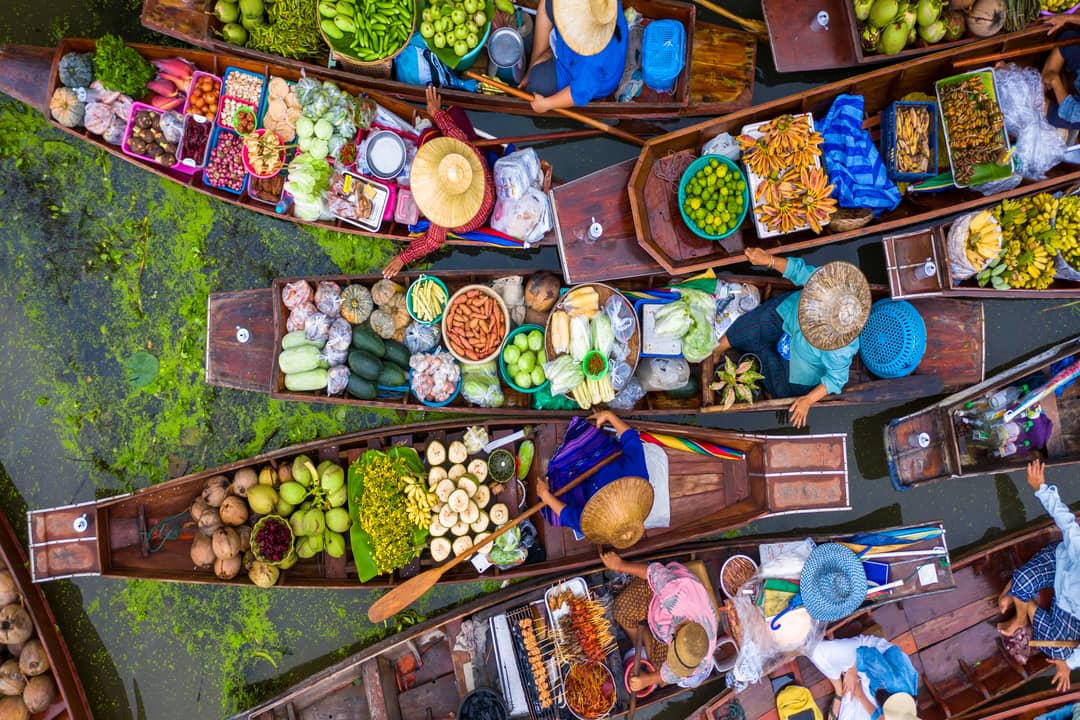Food is more than just sustenance; it’s a universal language that connects us across cultures and traditions. From the vibrant street food stalls of Bangkok to the elegant dining experiences in Paris, every meal tells a story. In this blog, we’ll delve into the rich tapestry of food, exploring culinary trends, cultural significance, and tips for creating delicious meals at home.
1. The Global Cuisine Landscape
Each region of the world boasts its own unique flavors and cooking techniques. Exploring these diverse cuisines can be a culinary adventure.
1.1 Asian Flavors
Asian cuisine is incredibly varied, with each country offering distinct dishes and ingredients. Think of the bold spices in Indian curries, the delicate flavors of Japanese sushi, and the comforting warmth of Thai soups.
1.2 Mediterranean Delight
Mediterranean food is celebrated for its emphasis on fresh ingredients. Olive oil, herbs, and seasonal vegetables play a crucial role. Enjoy dishes like Greek salads, Italian pasta, and Moroccan tagines for a healthy, flavorful experience.
1.3 Latin American Inspiration
From spicy Mexican tacos to Brazilian feijoada, Latin American cuisine is a vibrant mix of flavors. Dishes often feature ingredients like corn, beans, and fresh herbs, making them both hearty and nutritious.
2. Culinary Trends to Watch
The food industry is constantly evolving, with new trends emerging each year. Here are some of the most exciting culinary movements to keep an eye on:
2.1 Plant-Based Eating
As more people adopt plant-based diets for health and environmental reasons, innovative vegetarian and vegan dishes are becoming mainstream. Restaurants are creatively transforming traditional meat dishes into plant-powered versions.
2.2 Fermentation
Fermented foods like kimchi, sauerkraut, and kombucha are gaining popularity for their health benefits and unique flavors. Home fermentation is also a growing trend, allowing food lovers to experiment with their creations.
2.3 Sustainable Practices
Sustainability in food sourcing and preparation is a rising concern. More chefs and restaurants are focusing on local ingredients, reducing waste, and implementing eco-friendly practices to minimize their environmental impact.
3. Cooking Tips for Home Chefs
You don’t need to be a professional chef to create delicious meals at home. Here are some practical tips to elevate your cooking game:
3.1 Embrace Fresh Ingredients
The foundation of any great dish is quality ingredients. Visit local farmers’ markets or grocery stores to find fresh produce, meats, and spices that will enhance your cooking.
3.2 Master Basic Techniques
Learning fundamental cooking techniques—such as sautéing, roasting, and grilling—can elevate your dishes. Invest time in understanding these skills, and you’ll find cooking becomes more intuitive.
3.3 Experiment with Flavors
Don’t be afraid to experiment! Mix and match spices, herbs, and cooking methods. Trying new flavor combinations can lead to delightful surprises and unique dishes.
4. Food and Culture: The Stories We Share
Food is deeply intertwined with culture, traditions, and social connections. Here are a few ways food plays a significant role in our lives:
4.1 Celebrations and Rituals
Many cultures have specific dishes tied to celebrations and rituals. From Thanksgiving turkey to Chinese New Year dumplings, food often serves as a centerpiece for gatherings, fostering connection and community.
4.2 Culinary Heritage
Every family has its own recipes passed down through generations. Cooking traditional dishes can be a way to honor your heritage and share your family’s story with others.
4.3 Social Connections
Sharing meals is a time-honored tradition that brings people together. Whether it’s a casual barbecue with friends or a formal dinner party, food has the power to create bonds and foster conversations.
5. Exploring Food Around the World
Traveling allows us to experience new cuisines firsthand. If you can’t travel far, try recreating international dishes at home. Here are some ideas:
5.1 Street Food Adventures
Street food is often the heart of a city’s culinary scene. Try making your own versions of famous street foods like tacos al pastor, banh mi, or falafel.
5.2 Cultural Cookbooks
Invest in cookbooks that focus on global cuisines. They not only provide recipes but also share stories and cultural context, enriching your cooking experience.
5.3 Virtual Cooking Classes
With the rise of online learning, many chefs offer virtual cooking classes focusing on specific cuisines. This can be a fun way to learn and connect with others who share your passion for food.
Conclusion
Food is a celebration of culture, creativity, and connection. Whether you’re exploring global cuisines, trying your hand at new recipes, or sharing meals with loved ones, the world of food is full of endless possibilities. Embrace the journey of culinary exploration, and let every meal be an opportunity to discover, savor, and connect. Happy cooking!




